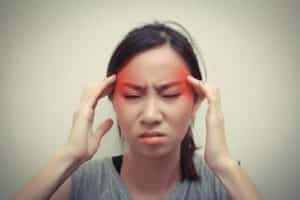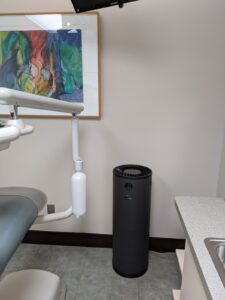 Do you frequently suffer from unexplained headaches? You may be surprised to learn your migraines could be linked to a jaw joint disorder. Over ten million people in the United States suffer from TMJ disorder, also known as TMD. How do you stop TMD-related headaches? What causes TMJ dysfunction?
Do you frequently suffer from unexplained headaches? You may be surprised to learn your migraines could be linked to a jaw joint disorder. Over ten million people in the United States suffer from TMJ disorder, also known as TMD. How do you stop TMD-related headaches? What causes TMJ dysfunction?
Try Our Quiz on TMJ Headaches
- True or False: TMJ disorder can lead to head pain.
- True or False: The doctor can accurately diagnose the cause of your TMJ issues.
- True or False: Often, TMD is linked to bruxism.
- True or False: We can treat the issue with an oral appliance.
Answer Key
- True. TMJ disorder occurs when the jaw joints undergo excessive amounts of pressure. Soon, the resulting disorder can cause the patient to have trouble fully opening and closing his/her mouth. Headaches, along with a popping or clicking sensation in the jaw, are common warning signs of the disorder.
- True. The doctor will evaluate wear and tear on the teeth, physically manipulate your jaw, and discuss your symptoms to reach a diagnosis. If you have TMD, he will factor in the causes and severity before recommending treatment.
- True. TMJ issues can lead to bruxism and vice versa. Bruxism is the frequent grinding of the teeth or clenching of the jaw, which can wear down and damage the teeth over time. Symptoms may include headaches, as well as pain in the jaw, face, or teeth.
- True. In many causes an oral appliance can be recommended as treatment. Worn at night, the appliance looks similar to a nightguard and repositions the jaw to ease strain on the joints. In addition, the barrier the appliance places between the upper and lower teeth can prevent further damage due to bruxism.



